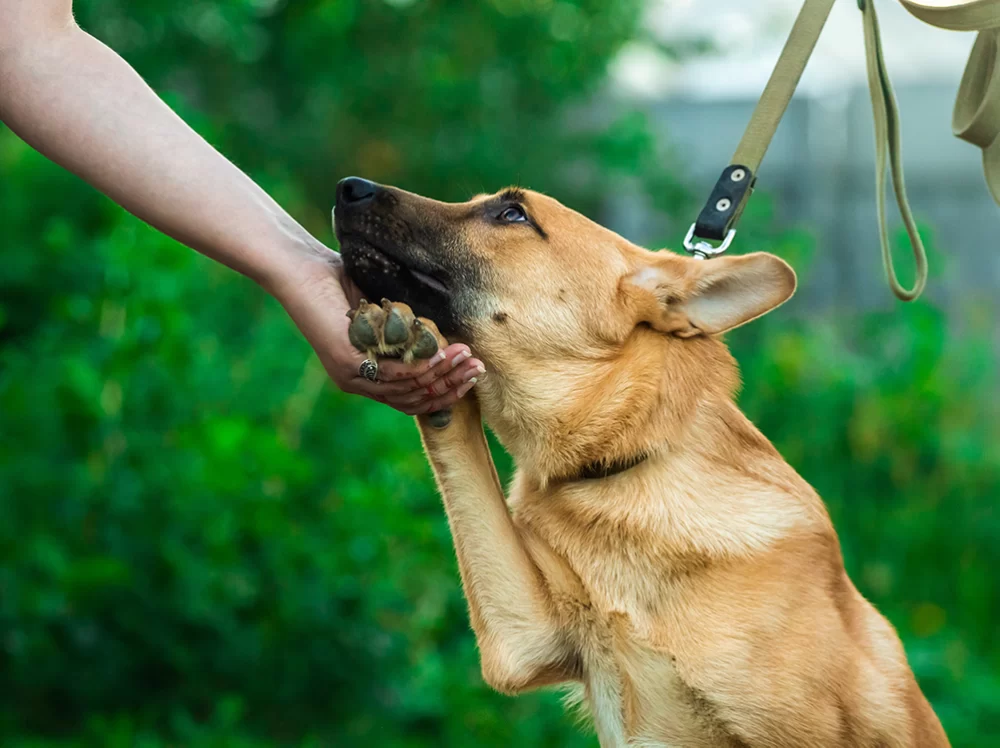- Understanding Dog Anxiety and Its Importance
- Common Signs of Anxiety in Dogs and What They Mean
- Real-Life Cases Illustrating Dog Anxiety Symptoms
- Effective Ways to Manage and Ease Anxiety in Dogs
- When to Seek Professional Help and Hidden Brook Veterinary Recommendations
Understanding Dog Anxiety and Its Importance
Just like humans, dogs can experience anxiety that affects their emotional and physical health. Recognizing the signs of anxiety in dogs early is crucial for providing them with comfort and proper care. Anxiety in dogs can stem from various triggers such as loud noises, separation from their owners, unfamiliar environments, or past trauma. When left unaddressed, this anxiety may escalate, impacting your dog’s behavior and overall wellbeing. By understanding the nature of canine anxiety, dog owners can create a supportive environment that helps their furry friends feel safe and relaxed.
It is important to note that anxiety is different from normal stress or fear. Anxiety tends to be persistent and can lead to destructive behavior or health issues. Paying close attention to subtle behavioral changes can often reveal underlying anxiety before it becomes severe. This proactive approach is vital for maintaining a happy and healthy dog.
What Causes Anxiety in Dogs?
Multiple factors contribute to anxiety in dogs, including genetics, early life experiences, lack of socialization, and specific traumatic events. For example, a dog that experienced abandonment or abuse might display anxiety symptoms in stressful situations later on. Understanding these causes helps tailor strategies to alleviate anxiety effectively.
Common Signs of Anxiety in Dogs and What They Mean
Identifying signs of anxiety in dogs requires careful observation. These signs often vary based on the individual dog’s personality and the severity of anxiety but typically include both behavioral and physical symptoms.
Behavioral Signs
One of the most recognizable signs is excessive barking or whining without apparent reason. Pacing, restlessness, and attempts to escape or hide are also common indicators. Dogs may also show clinginess or unusual aggression when feeling anxious. Chewing or destructive behaviors, especially when left alone, signal distress as well.
Physical Signs
Dogs experiencing anxiety might pant excessively even when not hot, drool more than usual, or display trembling and shaking. Some dogs lick their lips or yawning repeatedly can also be a calming signal, hinting at underlying stress. Changes in appetite or bathroom habits can further reflect anxiety problems.
Subtle Signs Not to Overlook
Sometimes anxiety presents in less obvious ways, such as avoidance of eye contact, flattened ears, or a tucked tail. These quieter signs are often missed by casual observers but are just as important in assessing a dog's emotional state.
Real-Life Cases Illustrating Dog Anxiety Symptoms
Consider the story of Max, a three-year-old Labrador Retriever who began pacing and scratching at the door whenever his owner left for work. His behavior escalated to loud whining and destruction of furniture, classic signs of separation anxiety. Another case involves Bella, a rescue dog who cowered and trembled during thunderstorms, showing acute noise phobia that affected her daily routine.
These cases emphasize how signs of anxiety in dogs can manifest in various forms and intensities, often requiring tailored approaches. Observing these stories helps dog owners identify similar behaviors in their own pets, facilitating early intervention.
Effective Ways to Manage and Ease Anxiety in Dogs
Once anxiety signs are identified, there are many strategies owners can use to reduce stress and improve their dog’s quality of life.
Environmental Adjustments
Creating a calm and secure environment is fundamental. This might include a designated quiet space, soothing background music, or familiar toys and blankets. For noise anxiety, products like anxiety wraps or soundproofing rooms can be beneficial.
Training and Behavioral Techniques
Gradual desensitization and counterconditioning help dogs face anxiety triggers in a controlled manner, building positive associations over time. Reward-based training encourages calm behavior and helps replace anxious responses.
Health and Dietary Support
Sometimes anxiety has a physiological basis or is worsened by poor health. Consulting with a veterinarian can lead to recommendations for supplements, calming chews, or in some cases, prescribed medications.
When to Seek Professional Help and Hidden Brook Veterinary Recommendations
If your dog’s anxiety is severe or persistent, professional intervention is often necessary. Hidden Brook Veterinary offers comprehensive evaluations and personalized treatment plans for anxious dogs. Their experienced team can recommend the most appropriate products, therapies, and ongoing support to ensure your dog’s wellbeing.
Whether you need specialized anxiety wraps, calming supplements, or expert advice on behavior modification, Hidden Brook Veterinary is a trusted resource that provides everything you need to help your dog overcome anxiety effectively and comfortably.












